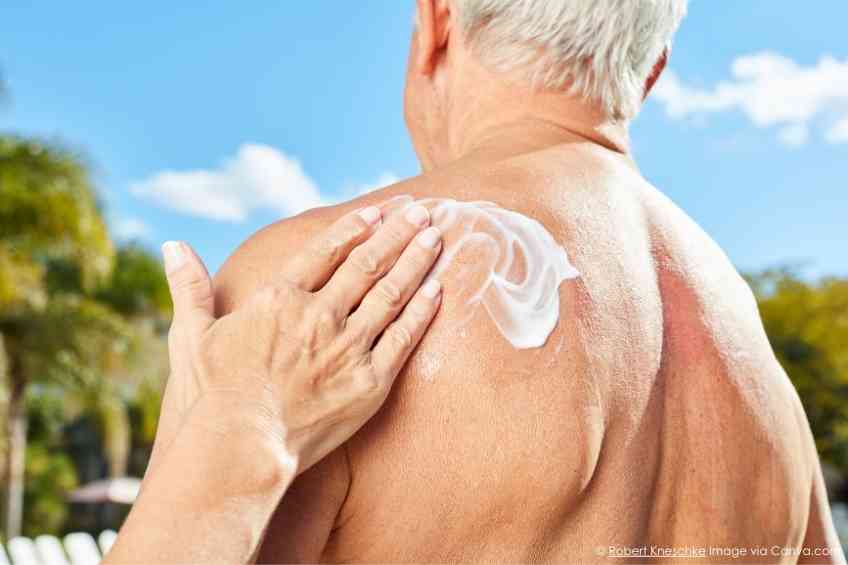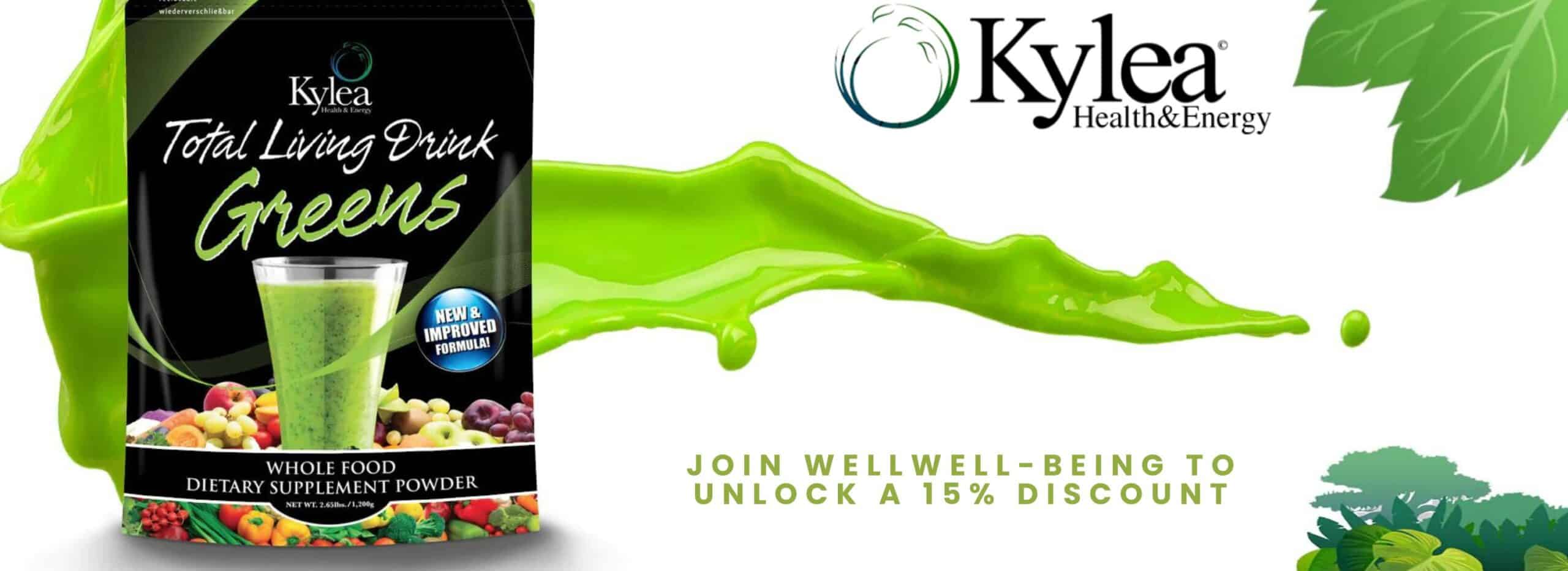By John Hand –
No one enjoys a sunburn. It is the ultimate damper to a perfect summer or even a bright winter’s day. These burns are not only painful, but they are also potentially dangerous. They can lead to all forms of skin cancer, among other maladies.
Beyond sun-blocking hats and clothing, the most common weapon in fighting the ravages of glare is sunscreen. But for all their use, these applications have come under increasing scrutiny for causing more harm than good. So, what’s the deal?
Well, sunscreen is still one of the most effective ways to combat overexposure. But they are only effective if they contain ingredients that protect against the sun’s rays while also limiting the amount of chemicals applied to the body.
The controversy surrounding sunscreen only surfaced in 2021 when well-known brands Neutrogena and Aveeno issued recalls of their products due to their high levels of benzene, which is a chemical known for causing cancer.
Ironically, benzene is not used to create sunscreen. The chemical traces in the lotion were most likely a manufacturing contamination error. However, the recall made consumers more aware of potential concerns when applying these formulas to their skin. They aim to block harmful exposure to ultraviolet or UV rays.
Understanding the potential dangers of these rays is critical to grasping the importance of sunscreens. Ultraviolet rays are projected by the sun and have the power to effectively go beneath the surface of the skin to cause wrinkles and premature aging. Ultraviolet B rays are even more problematic as they can lead to sunburns and skin cancer.
Since 2011, the U.S. Food and Drug Administration (FDA) has required that every sunscreen must protect against UVA and UVB rays. However, tests on various sunscreen products have revealed that many sunscreens offer lesser amounts of UVA protection compared to UVB help. The Environmental Working Group (EWG) claims this imbalance stems from the FDA’s standards for UVA protection falling short.
The issues surrounding sunscreens, however, are further complicated because not all sunscreens are the same or even offer the same level of protection.
There are two basic types of sunscreens: chemical and mineral. Chemical sunscreens offer protection by being absorbed into a person’s skin, effectively creating a wall between the skin and the sun. They typically use ingredients like aminobenzoic acid, avobenzone, octisalate, octocrylene and oxybenzone. Mineral sunscreens, in turn, use only zinc oxide and titanium dioxide and are designed to deflect the sun away from the surface of the skin.
One recent study found the elements used in chemical sunscreen are absorbed directly into an applicant’s bloodstream, which raised some red flags for the researchers. “The systemic absorption of sunscreen ingredients supports the need for further studies to determine the clinical significance of these findings. These results do not indicate that individuals should refrain from the use of sunscreen,” the study reported.
It also noted that the same chemicals used in sunscreen can also be found in everyday products such as cosmetics and plastics.
The other consideration for chemical sunscreens is that they don’t offer immediate protection and can irritate the skin or cause allergic reactions.
Mineral sunscreen, in turn, is a simpler product. It uses only two ingredients that are generally regarded as safer chemicals. In addition, mineral sunscreens are better for sensitive skin as well as acne-prone skin. It also starts working immediately, compared to chemical sunscreens, which need time to be absorbed before offering protection. The drawback to mineral products is that they are thicker and can be harder to apply evenly. They can also leave a white residue behind.
The Environmental Working Group works every year to help consumers by evaluating thousands of sunscreens to determine the best. “The ideal sunscreen would block the most ultraviolet A and B rays with active ingredients that do not break down in the sun, so the product remains effective. It would also contain only active and inactive ingredients proven completely safe for both adults and children,” the group advises.













